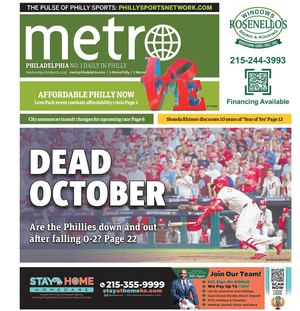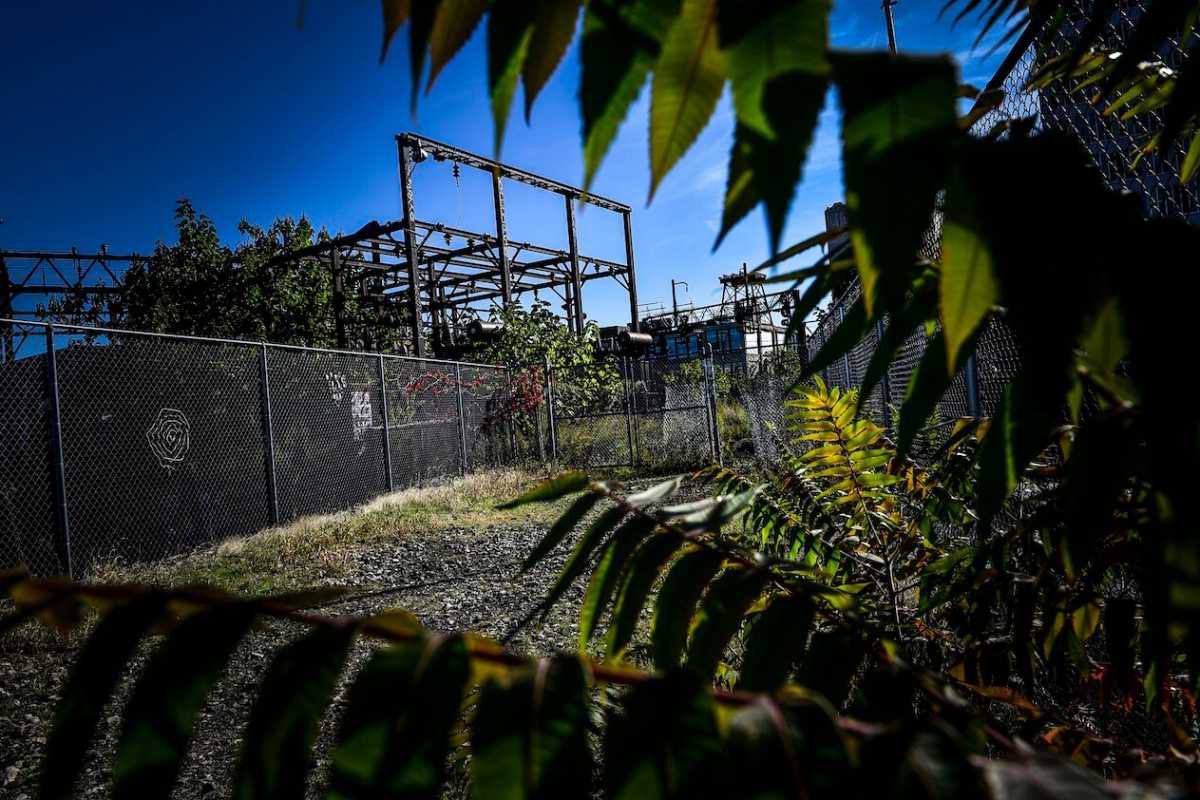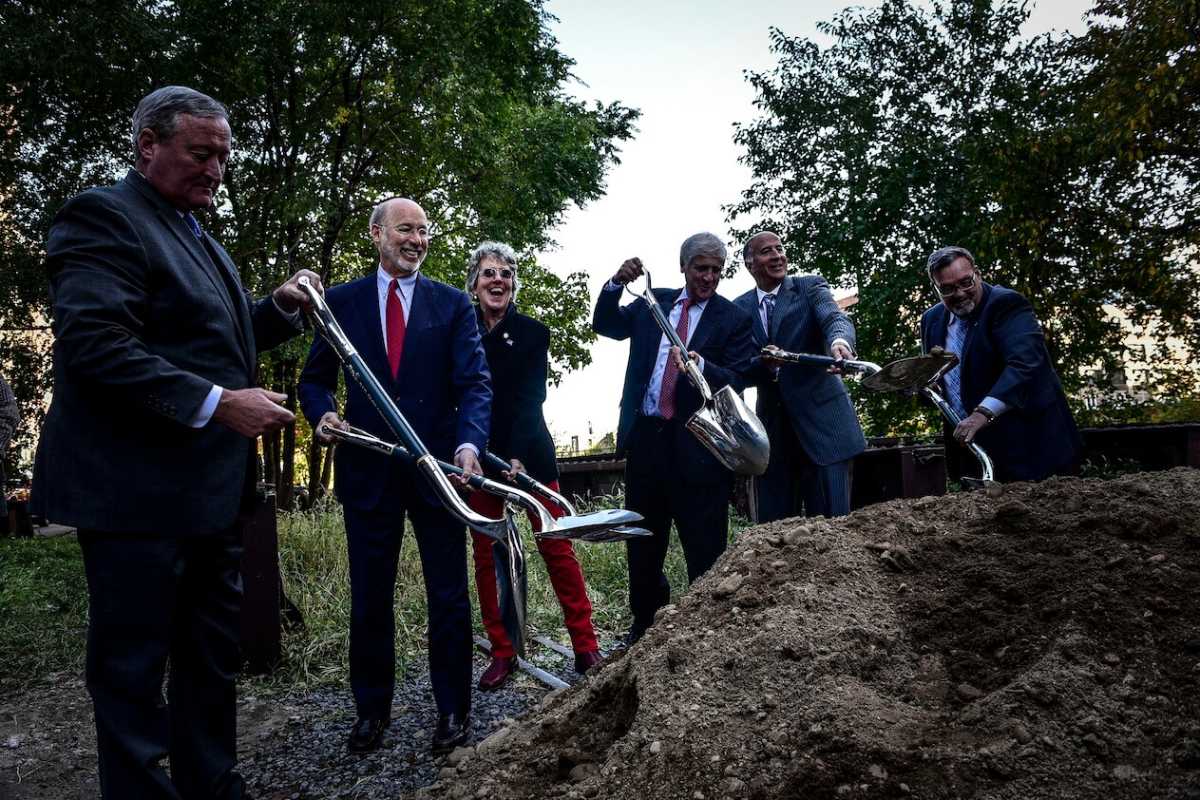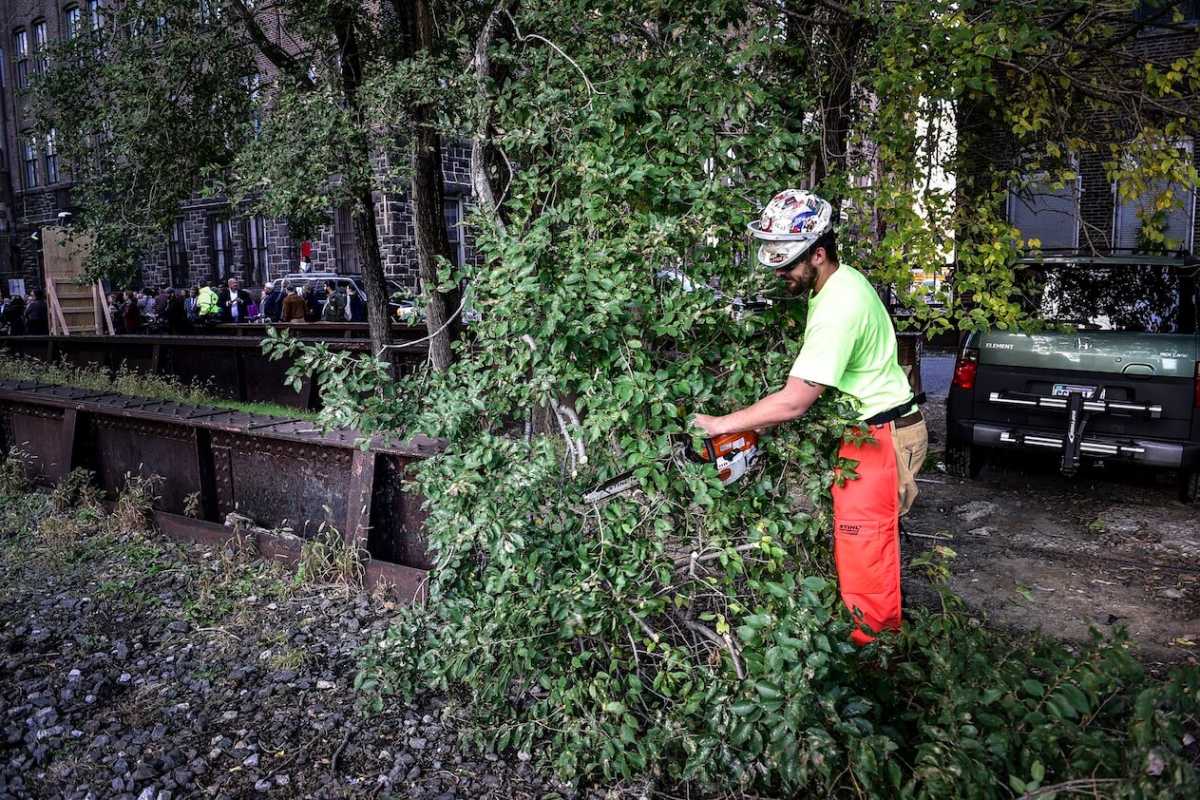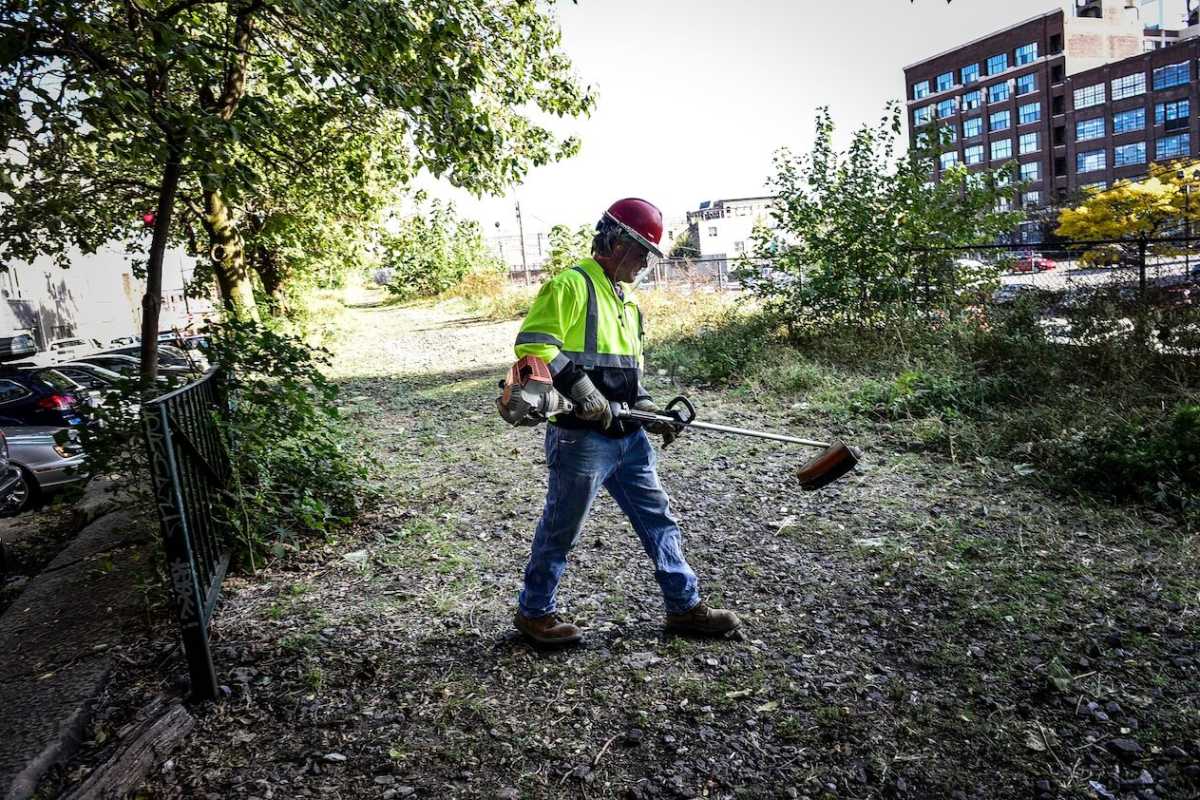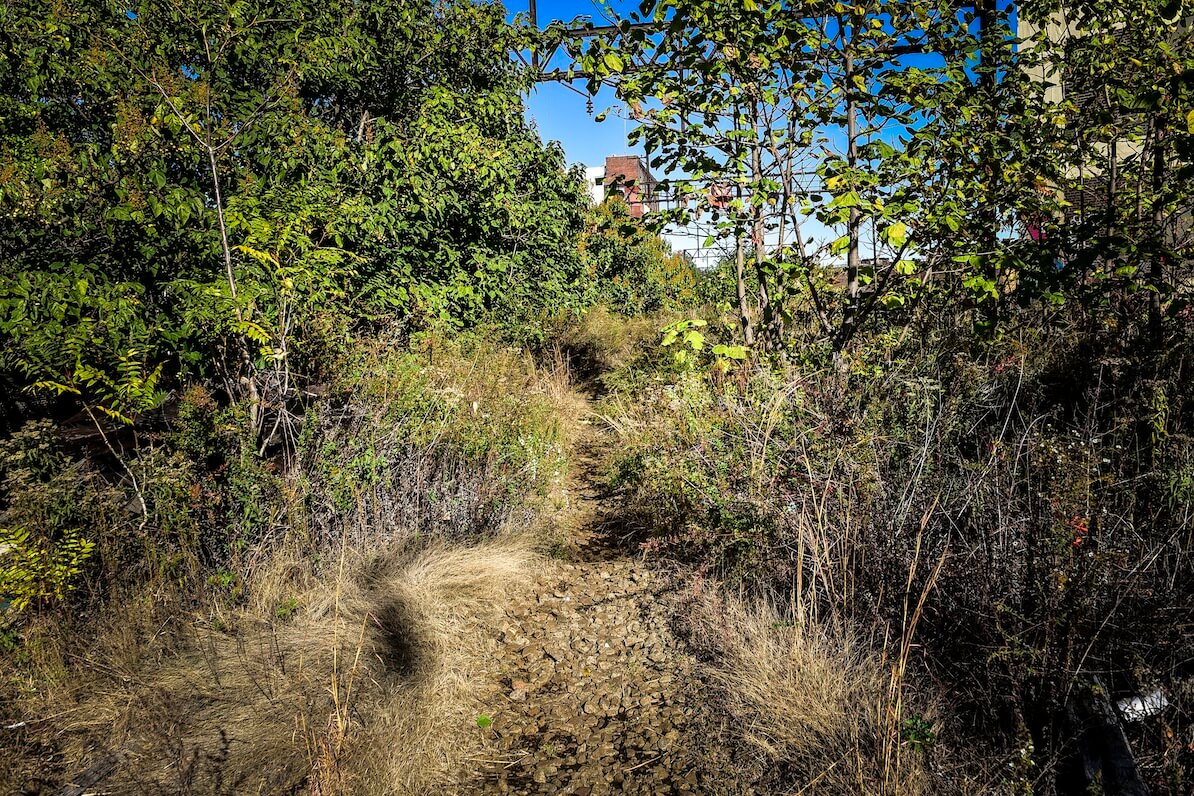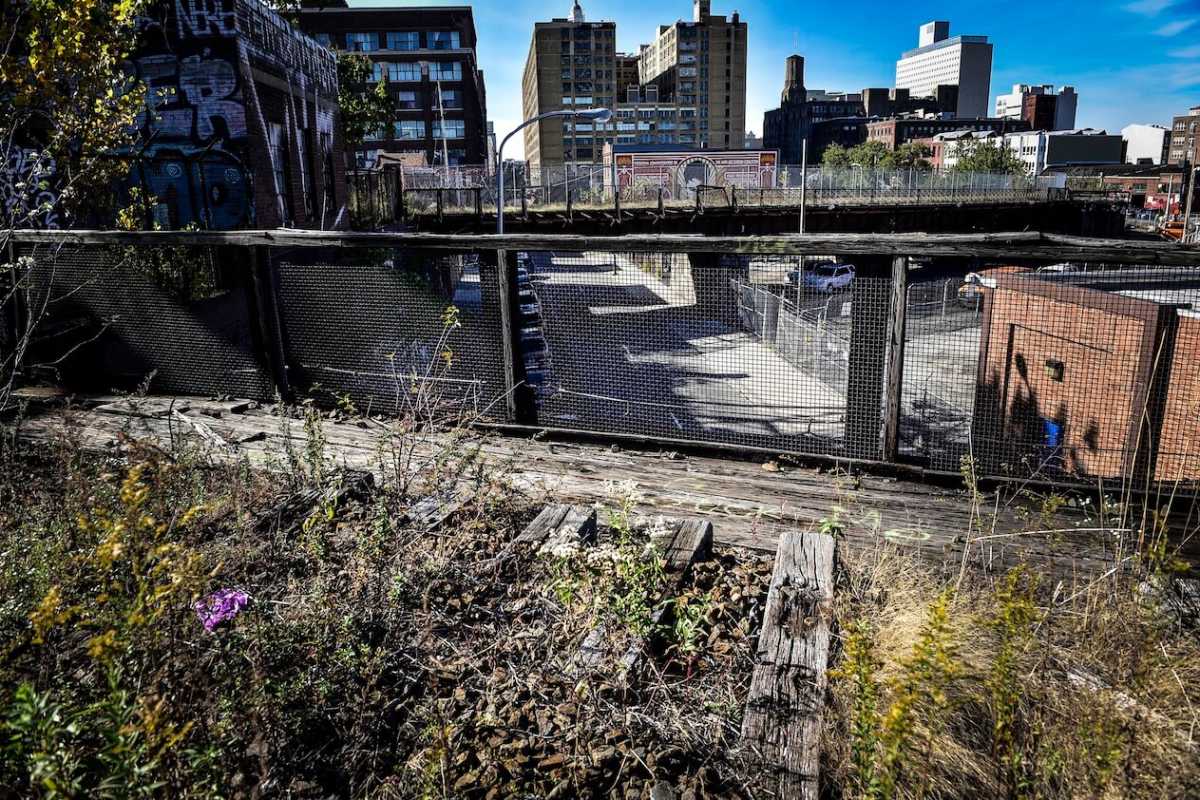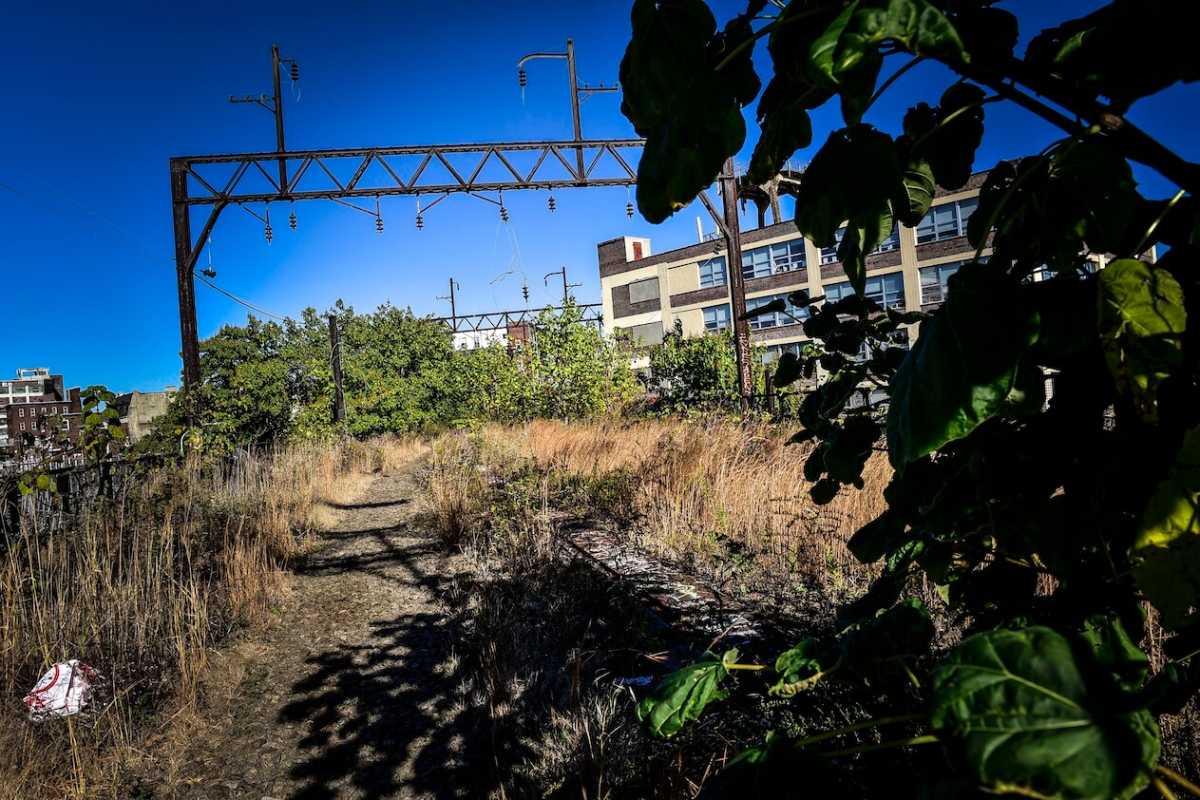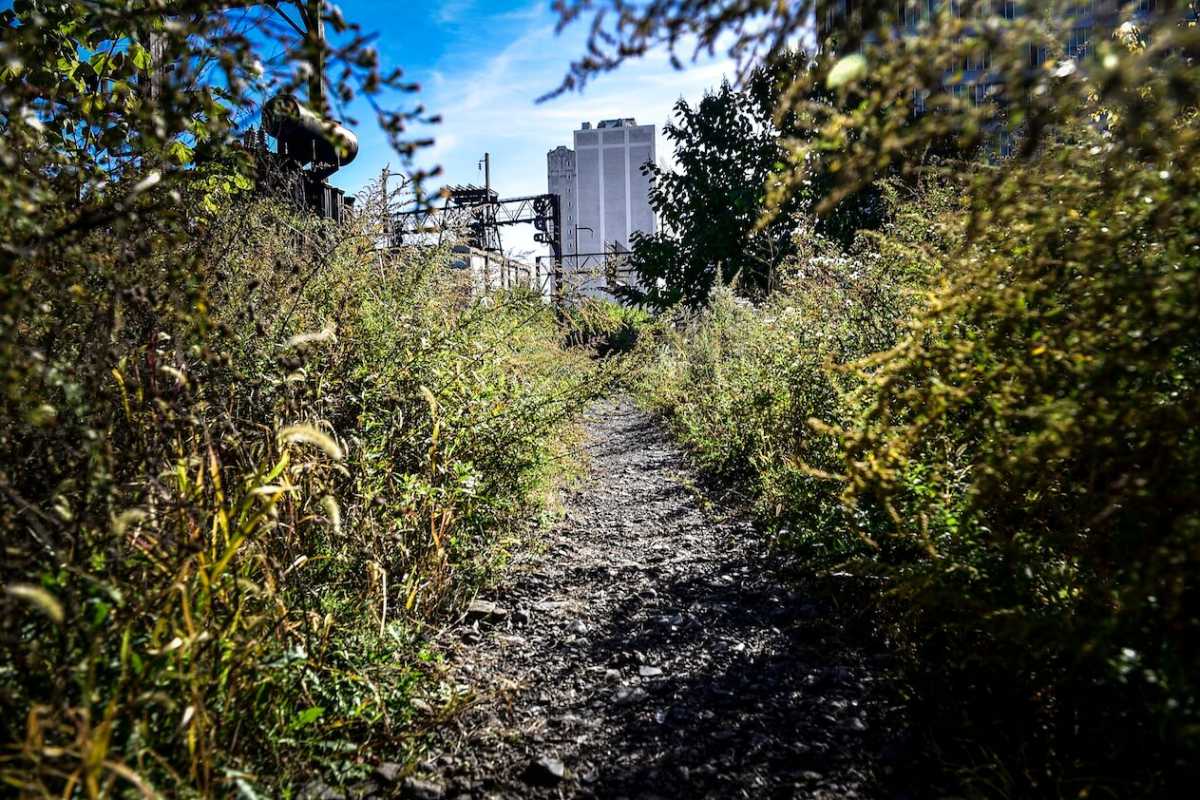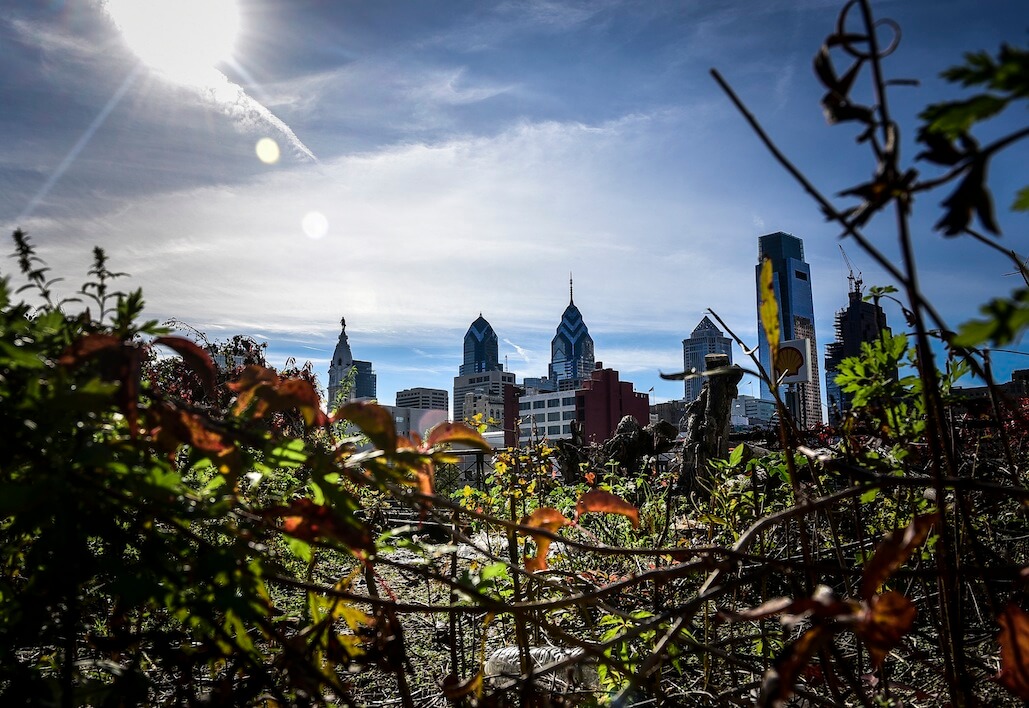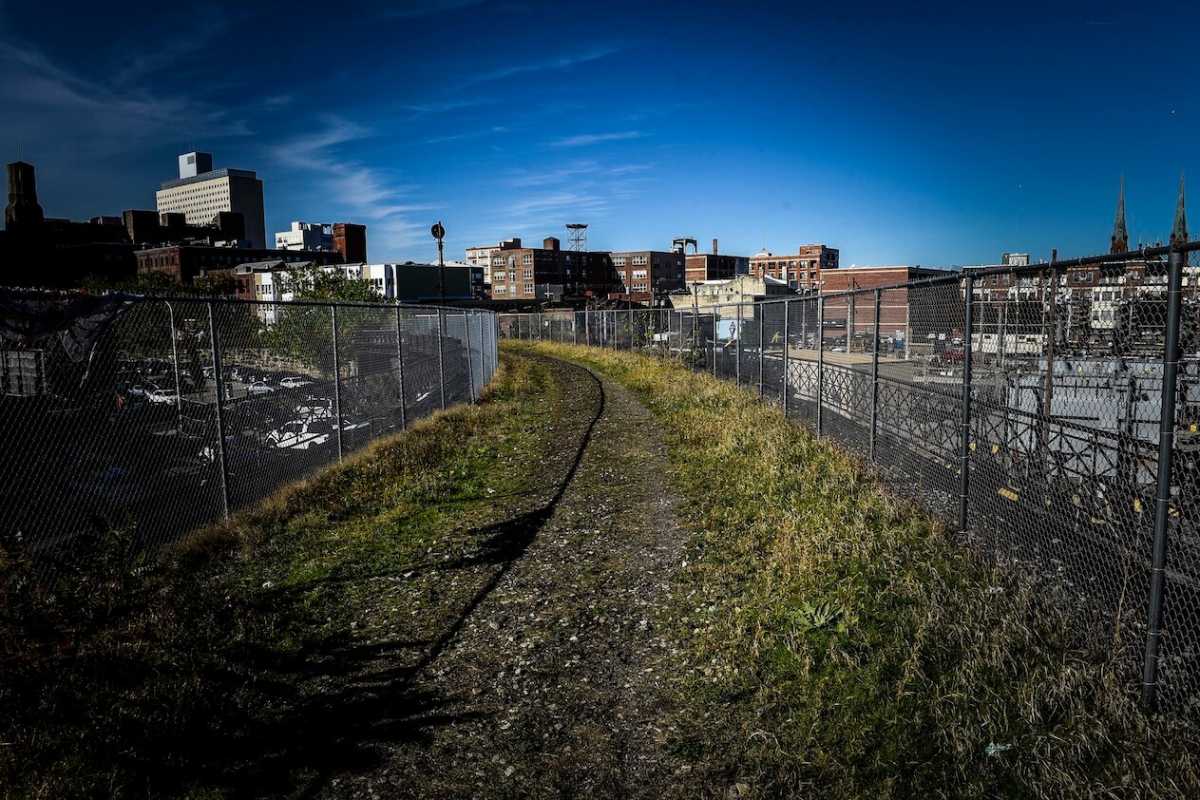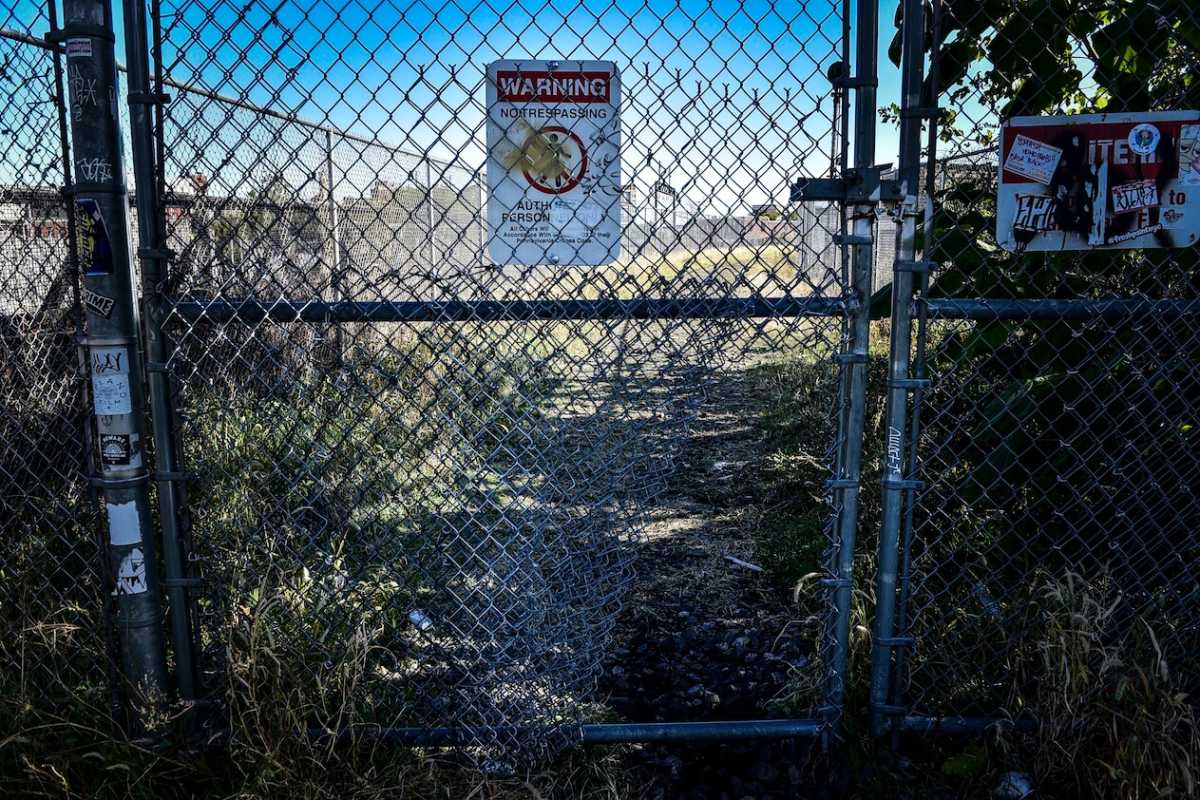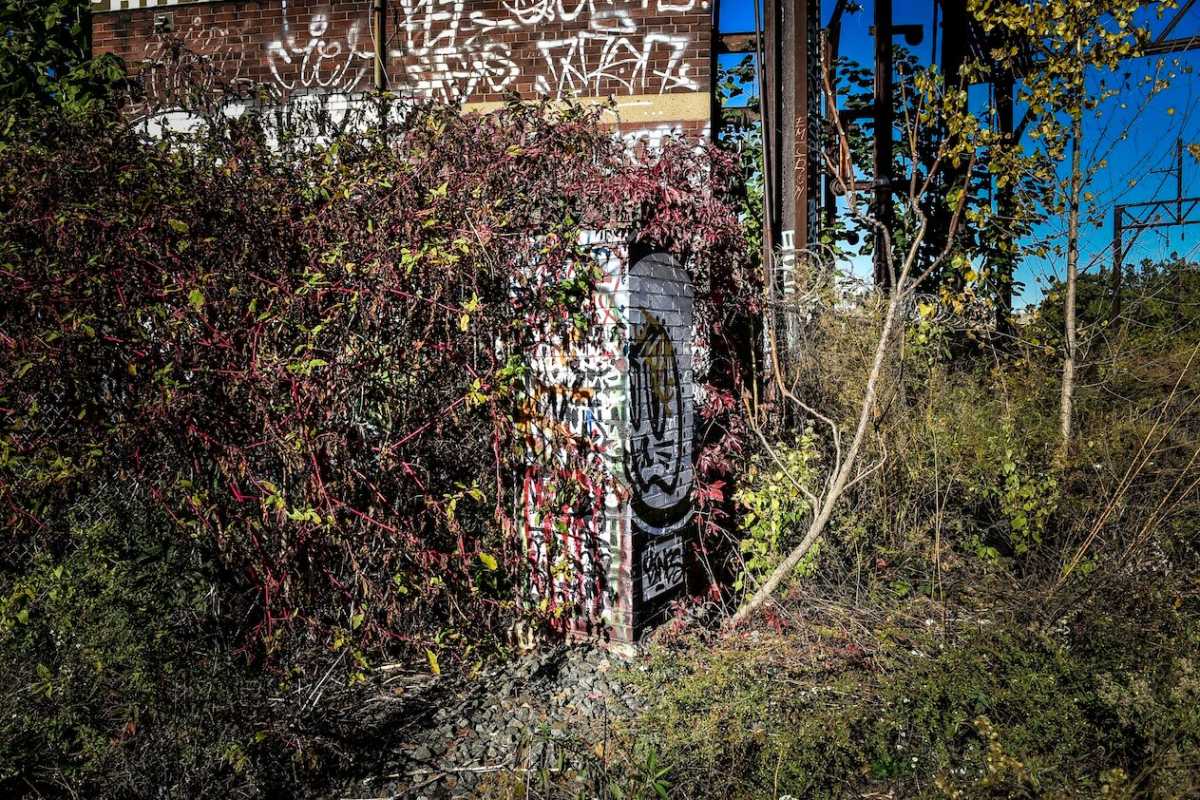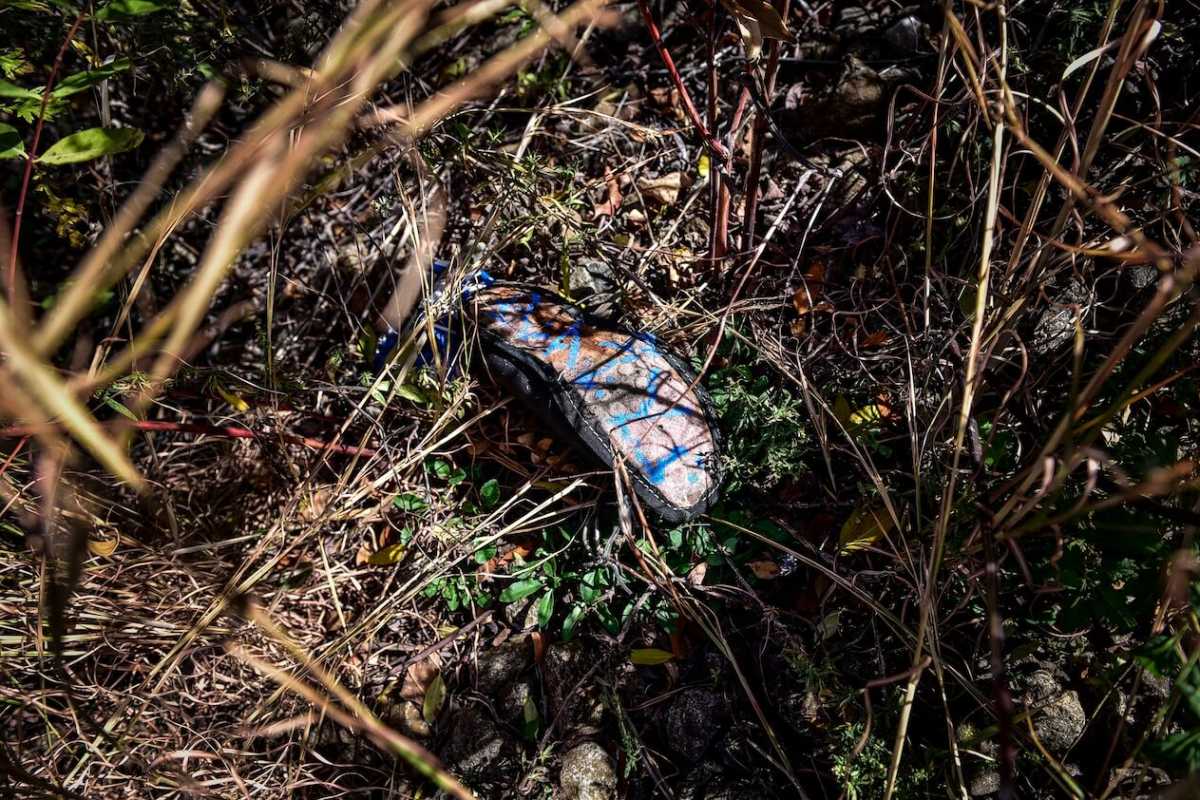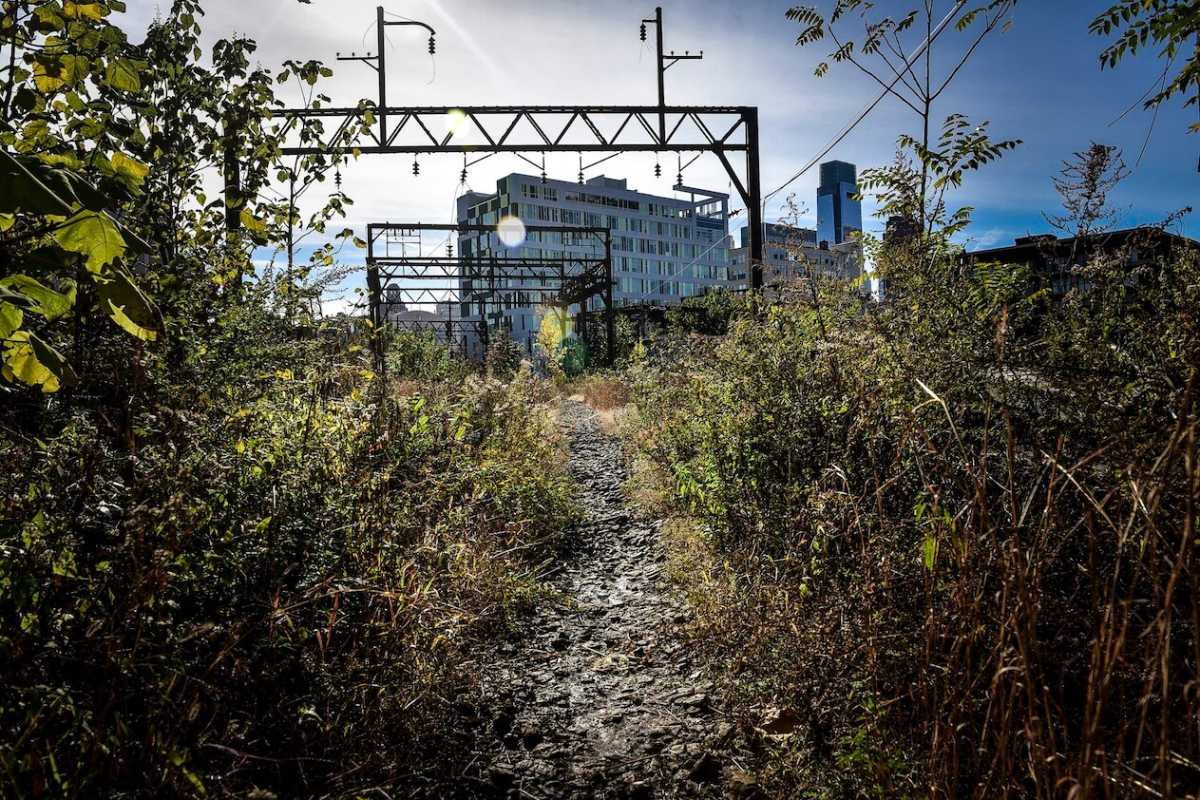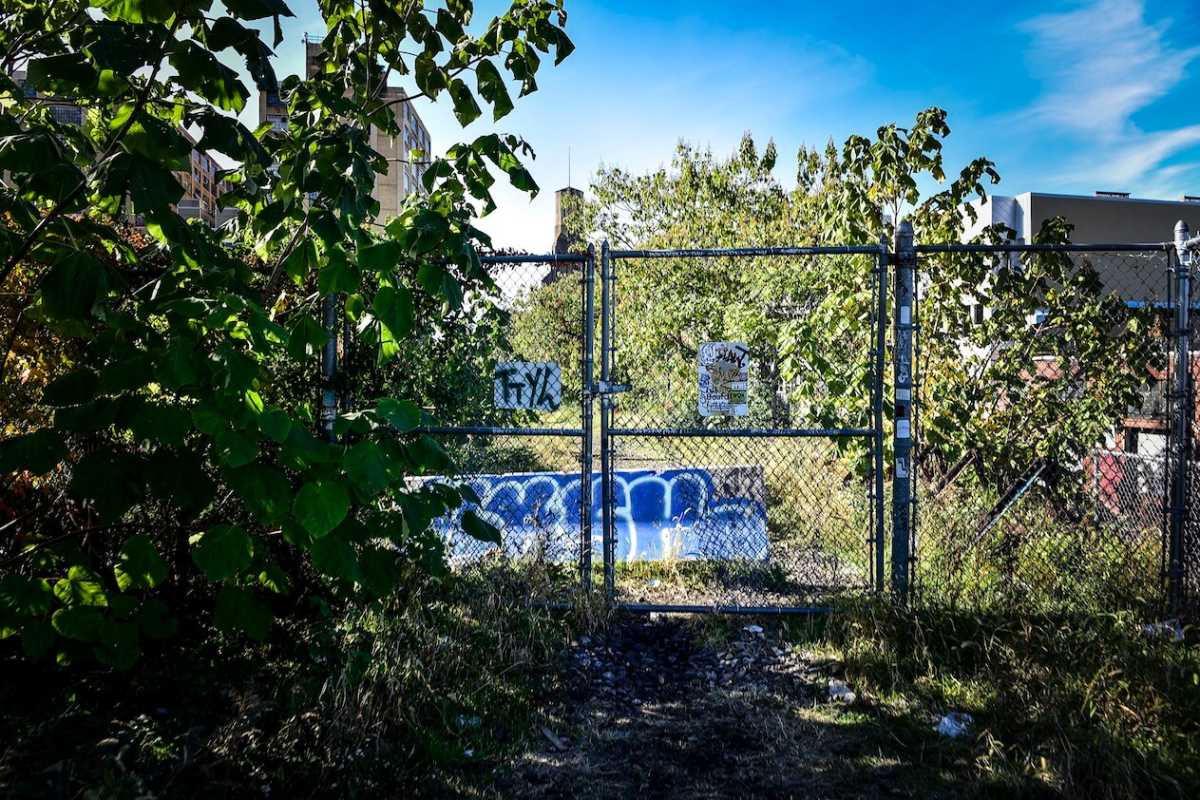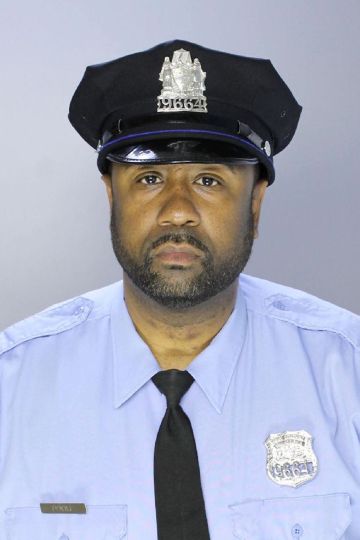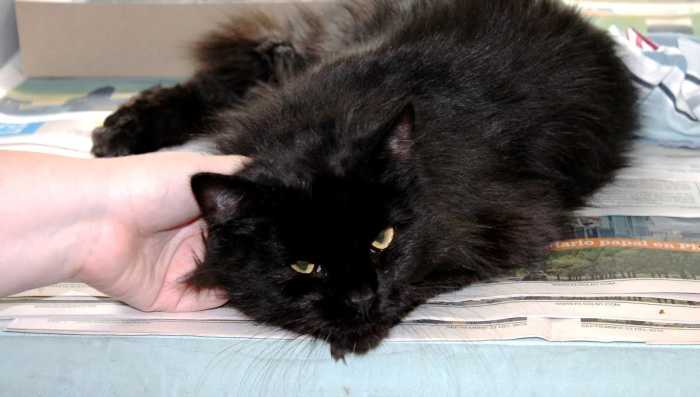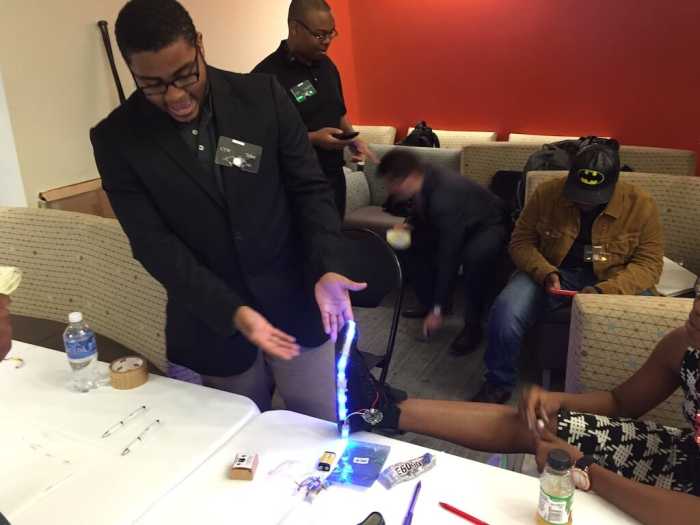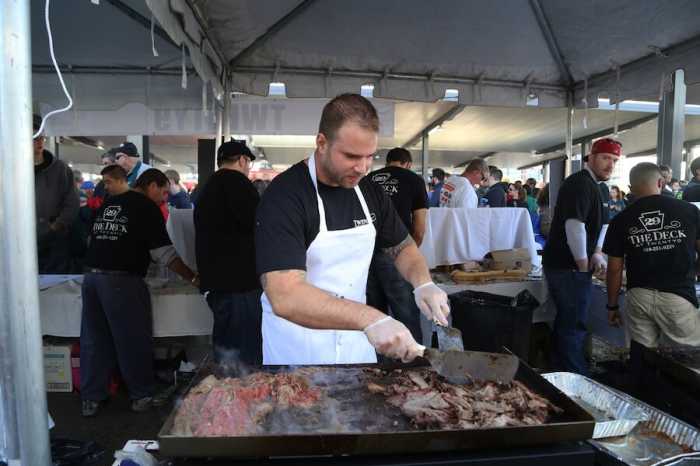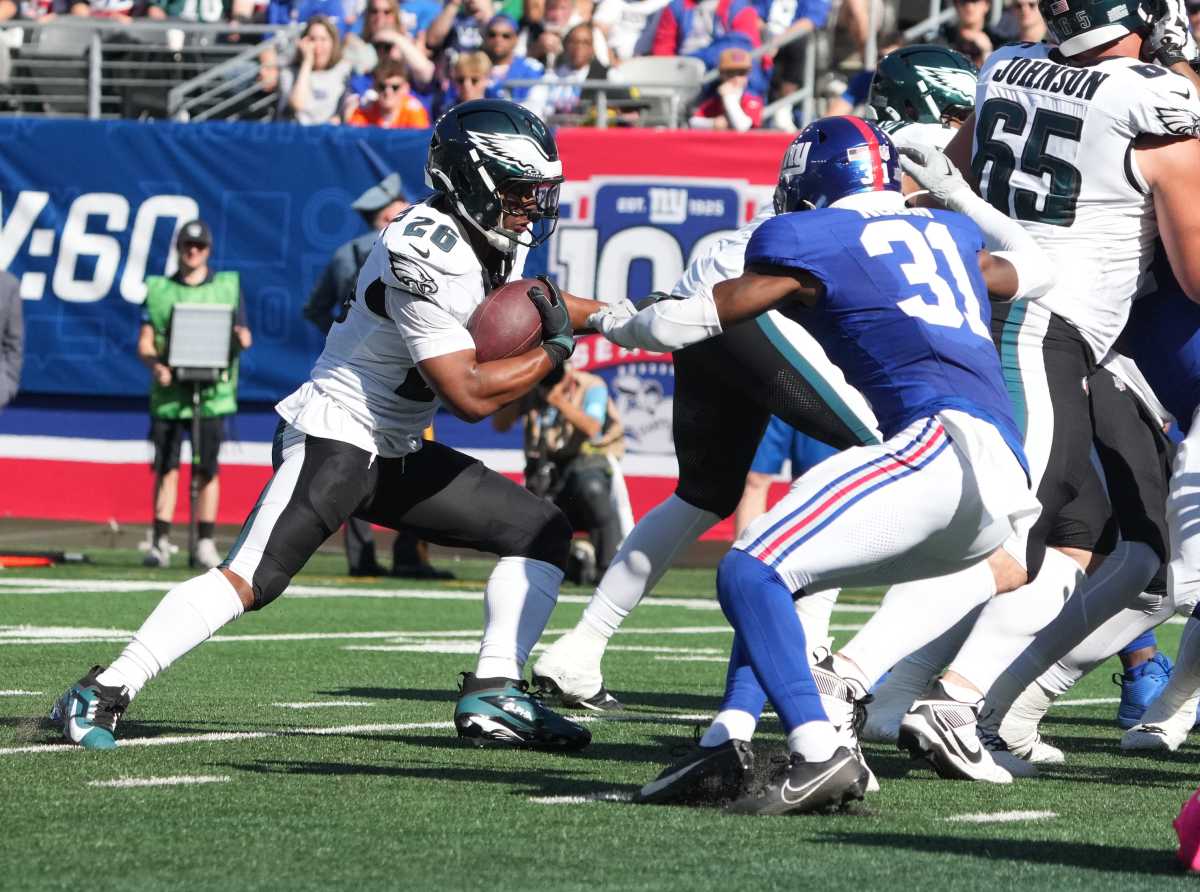For years it’s been a destination for artists and lowlifes alike.
The Reading Viaduct, a former elevated rail bridge, is an irreplaceable piece of urban decay that most prominently snakes through the Trestletown neighborhood.
It’s one of those unique Philly things, a wild overgrown elevated pathway where photographers and filmmakers find a unique backdrop, and less honorable types find a secluded area to get up to no good. There’s even a swing someone put up there for the public’s recreation.
Soon, the dirty, wild Reading Viaduct will be no more, to be replaced by the Rail Park – much akin to the High Line in Manhattan.
Gov. Tom Wolf and Mayor Jim Kenney held a groundbreaking on Monday along with local artist Sarah McEneaney, president of Friends of the Rail Park, for phase one of the project.
Phase one is focused on redeveloping the 1300 block of Noble Street and the elevated portion of the viaduct from 13th and Noble Streets to Callowhill Street.
Budgeted at $10.3 million, phase one will turn “a dilapidated quarter-mile portion of the former Reading Viaduct into a vibrant green park with walking paths, landscaping, lighting, seating and swinging benches,” the Center City District said in a press release. Phase one is due to be completed by early 2018. A Center City District study of the Reading Viaduct found rehabilitation would cost far less than the estimated $50 million it would cost to tear the viaduct down.
The Reading Viaduct was built at the end of the 1800s for trains transporting passengers to the northern and western suburbs.
But it “was rendered obsolete through the completion of the Center City commuter tunnel, and carried its last train in 1984,” according to a press release from Gov. Wolf’s office.
The portion north of Vine Street “has remained a blighted eyesore over the last three decades. The success of New York City’s High Line, however, prompted renewed interest in Philadelphia’s elevated tracks both as a public park and as a catalyst for redevelopment of the surrounding neighborhood.”
